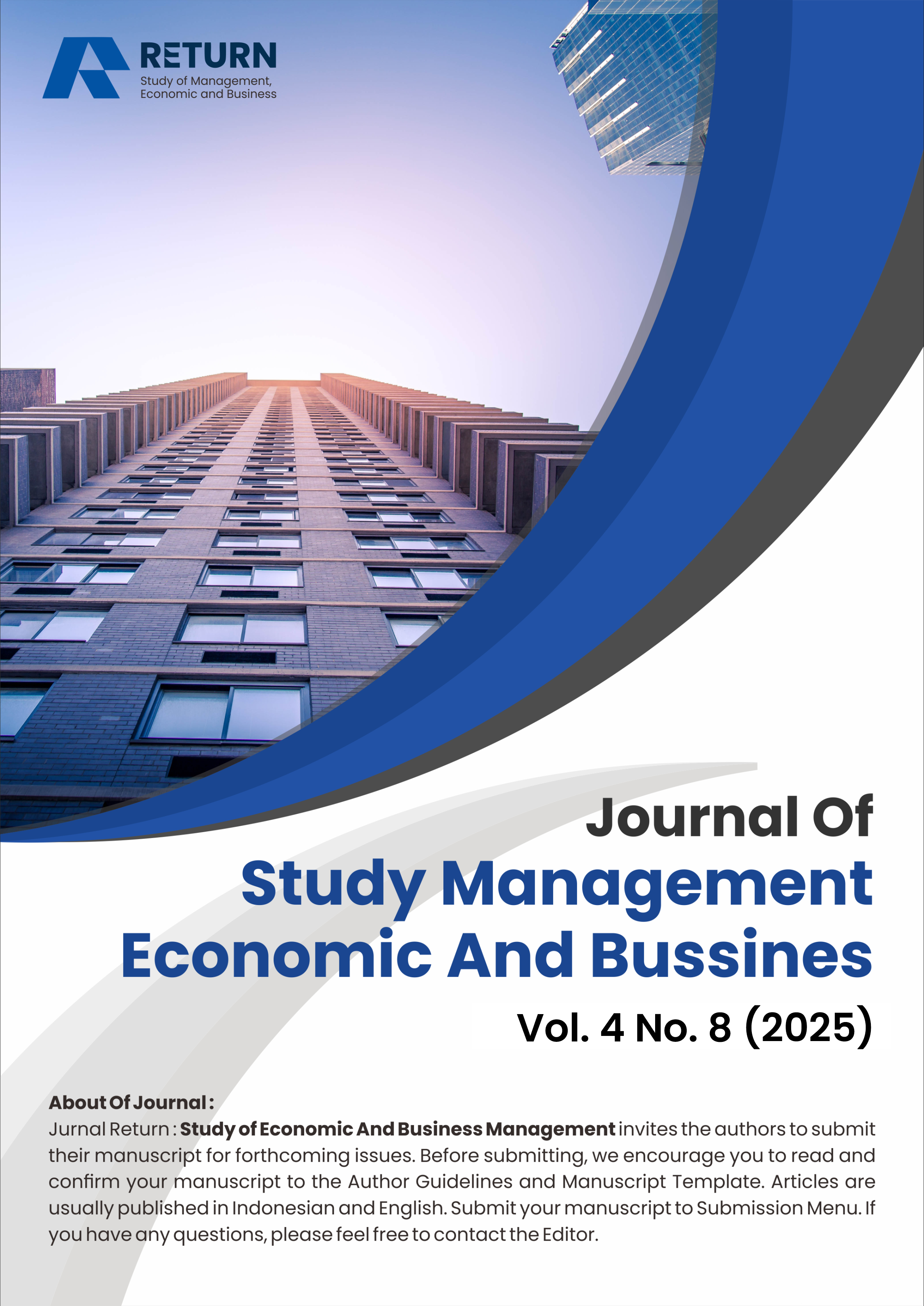Financial Statement Fraud: Determinant of Hexagon Fraud Theory with Audit Committee as a Moderating Variable
DOI:
https://doi.org/10.57096/return.v4i8.396Keywords:
Financial Statement Fraud, Hexagon Fraud, Audit CommitteeAbstract
This study aims to determine the potential for financial statement fraud using fraud hexagon theory analysis. Fraud hexagon is a concept that explains the factors that cause someone to commit fraud, namely pressure, capability, collusion, opportunity, rationalization, and arrogance. In this study, the pressure factor is proxied using financial stability. The capability factor is proxied using change of director. The collusion factor is proxied using state owned enterprises. The opportunity factor is proxied using the nature of industry. The rationalization factor is proxied using change in auditor. Finally, the arrogance factor is proxied using the frequency number of CEO's pictures. And adding the audit committee as a moderating variable. This study uses the F-Score Model to see the potential for financial statement fraud. The sample selection in this study used the purposive sampling method, with the sample criteria being infrastructure companies listed on the Indonesia Stock Exchange in 2021-2023. Based on these criteria, a sample of 69 companies was obtained during the three-year financial reporting period. This research was conducted using quantitative methods, the analysis techniques used were logistic regression analysis and hypothesis testing using the T test, as well as the coefficient of determination test. The results of this study indicate that the rationalization variable with the proxy change in auditor has proven to have a significant positive effect in detecting potential financial statement fraud. While the pressure variable proxied by financial stability; capability variable proxied by change of director; collusion variable; opportunity variable and arrogance variable have no effect in detecting potential financial statement fraud. Meanwhile, the audit committee is able to moderate the effect of collusion with the proxy state owned enterprises on the potential for financial statement fraud.
Downloads
Published
Issue
Section
License
Copyright (c) 2025 Retna Safriliana, Yossy Kautsar Ramadhan

This work is licensed under a Creative Commons Attribution-ShareAlike 4.0 International License.







